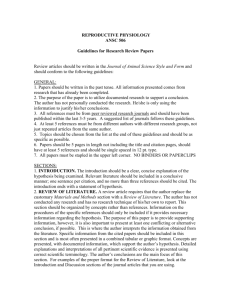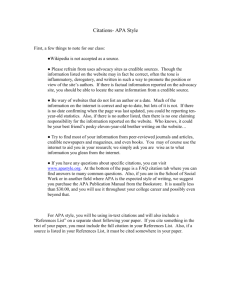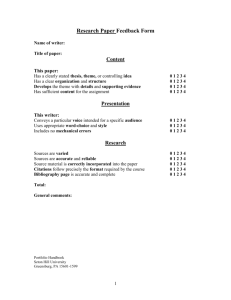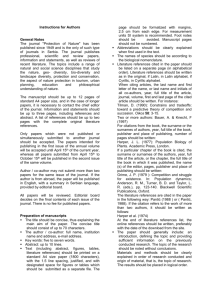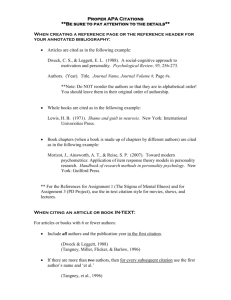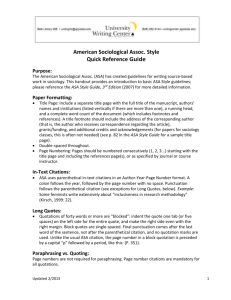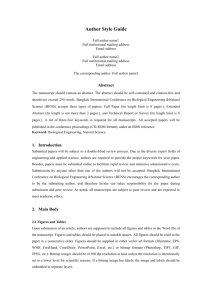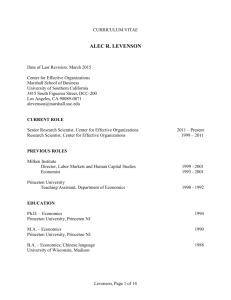Psy 252 Emotions spring, 2003
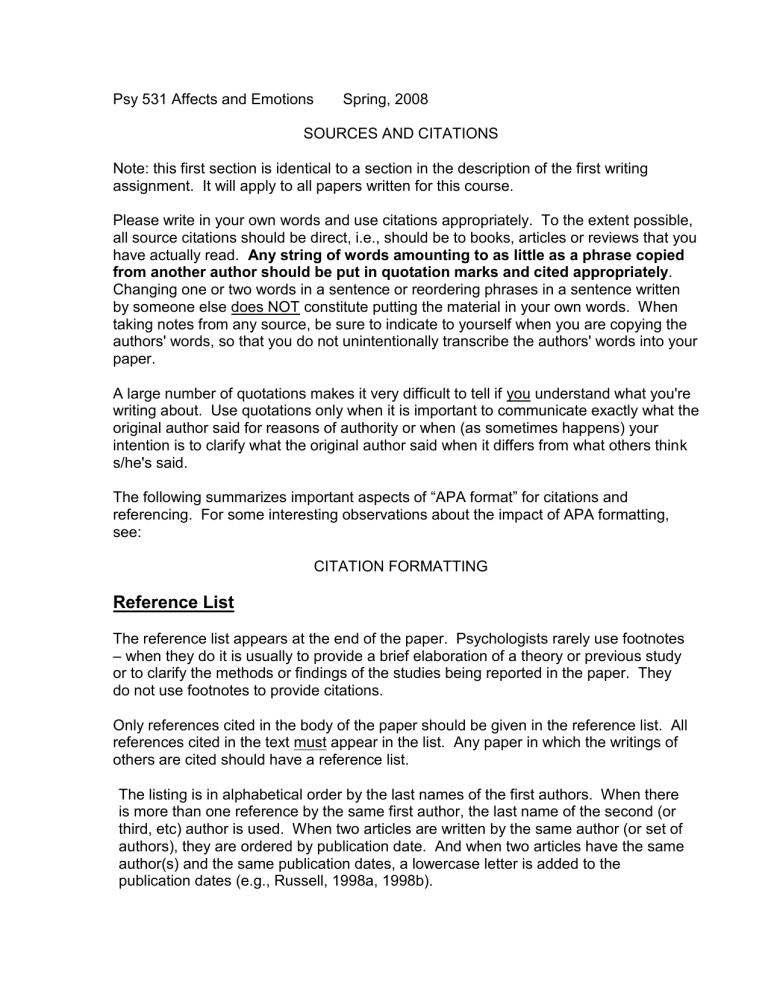
Psy 531 Affects and Emotions Spring, 2008
SOURCES AND CITATIONS
Note: this first section is identical to a section in the description of the first writing assignment. It will apply to all papers written for this course.
Please write in your own words and use citations appropriately. To the extent possible, all source citations should be direct, i.e., should be to books, articles or reviews that you have actually read. Any string of words amounting to as little as a phrase copied from another author should be put in quotation marks and cited appropriately .
Changing one or two words in a sentence or reordering phrases in a sentence written by someone else does NOT constitute putting the material in your own words. When taking notes from any source, be sure to indicate to yourself when you are copying the authors' words, so that you do not unintentionally transcribe the authors' words into your paper.
A large number of quotations makes it very difficult to tell if you understand what you're writing about. Use quotations only when it is important to communicate exactly what the original author said for reasons of authority or when (as sometimes happens) your intention is to clarify what the original author said when it differs from what others think s/he's said.
The following summarizes important aspects of “APA format” for citations and referencing. For some interesting observations about the impact of APA formatting, see:
CITATION FORMATTING
Reference List
The reference list appears at the end of the paper. Psychologists rarely use footnotes
– when they do it is usually to provide a brief elaboration of a theory or previous study or to clarify the methods or findings of the studies being reported in the paper. They do not use footnotes to provide citations.
Only references cited in the body of the paper should be given in the reference list. All references cited in the text must appear in the list. Any paper in which the writings of others are cited should have a reference list.
The listing is in alphabetical order by the last names of the first authors. When there is more than one reference by the same first author, the last name of the second (or third, etc) author is used. When two articles are written by the same author (or set of authors), they are ordered by publication date. And when two articles have the same author(s) and the same publication dates, a lowercase letter is added to the publication dates (e.g., Russell, 1998a, 1998b).
Examples of the style for the most frequent types of references are given below. The first is a reference to an entire book, the second is for a chapter in an edited book, and the third shows the format for referencing a journal article.
Panksepp, J. (1998). Affective Neuroscience, Oxford University Press.
Frijda, N.H. (1994). Varieties of affect: emotions and episodes, moods, and sentiments. In Ekman, P. & Davidson, R.J. (Eds). The Nature of
Emotions: Fundamental Questions, NJ: Lawrence Erlbaum, pp. 59-67.
Levenson, R.W., Ekman, P. & Friesen, W.V. (1990). Voluntary facial action generates emotion-specific autonomic nervous system activity,
Psychophysiology, 27(4), 363-384.
Notes:
Authors' initials, not given names, are used.
Only the first words of (and any proper names in) article and book chapter titles are capitalized
The titles of journals are written out in full and are followed by the volume number. The issue number is optional, but is being included more frequently as it facilitates electronic access.
Book and journal titles are underlined (or written in italics), as is the volume number.
Citations in the text of the paper
A citation consists of the last name(s) of the author(s) and the year of publication of the article. For example:
Levenson, Ekman and Friesen (1990) used a facial posing technique and reported findings often cited to support the facial feedback hypothesis.
Indeed, facial posing has been adopted by some investigators as a “noncognitive” method of inducing affect (e.g, Bodenhausen, Kramer & Susser,
1994). However, even Ekman (1993) argues that the overt facial expression is not necessary for facial “feedback,” i.e. that there need only be a “central command” to make a facial expression. “I do not think that it is sensory feedback from the face that produces the changes in physiology or subjective experience. Instead, I think this is the result of direct connections among different brain areas” (pp. 390-391). Perhaps more importantly, others question whether the patterns of autonomic activation reported in Levenson et al. (1990) are reliable indicators of discrete
emotional states (e.g., Cacioppo, Berntson, Larsen, Poehlmann & Ito, 2000;
Feldman Barrett & Russell, 1999).
Notes:
One uses only the last names of authors in reference citations. The one exception is when there are two first authors with the same last name. In that case, the authors should be cited as (for example) R. Levenson et al. and S. Levenson et al. Indeed, one rarely mentions authors’ first names, instead saying things like “Ekman and his colleagues” or “a leading theorist in the area, Ekman, claims . . .” However, this “rule” is flexible – some would write “a leading theorist in the area, Paul Ekman, claims . . . “
The first time a particular reference is cited, the names of all authors are listed
(unless there are more than five, when “et al.” can be used even for the first citation). Subsequent citations of multipleauthor papers use the “et al.” format (unless there are only two authors, when both authors are always named). Please note the proper punctuation of “et al.” references.
In the case of multiple citations, the references are ordered alphabetically (by last names of the first authors) and are separated by semi-colons.
Author lists in the text use “and” between the penultimate and last name in the list. Author lists in parentheses use “&”.
Direct quotations require a page number(s). Quoted material longer than 3 lines is single-spaced and indented without quotation marks.
Citing a reference you have not read yourself is referred to as an
“indirect” citation. Indirect citations are dangerous, because you must rely on another person's interpretation of the primary work. In APA publications, only the source you’ve read (in the example below, Levenson et al.) is included in the reference list. However, I’d like to see the full reference for the indirectly cited paper as well. The in-text format for an indirect citation is:
Ax (1953, as cited in Levenson et al., 1990) found that ...
